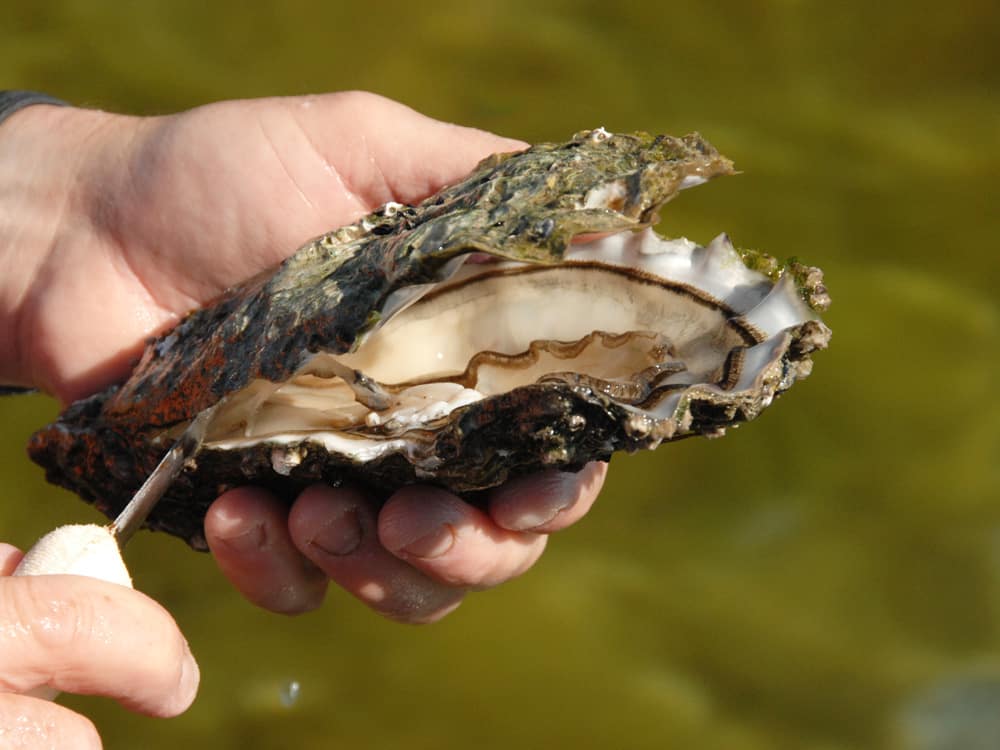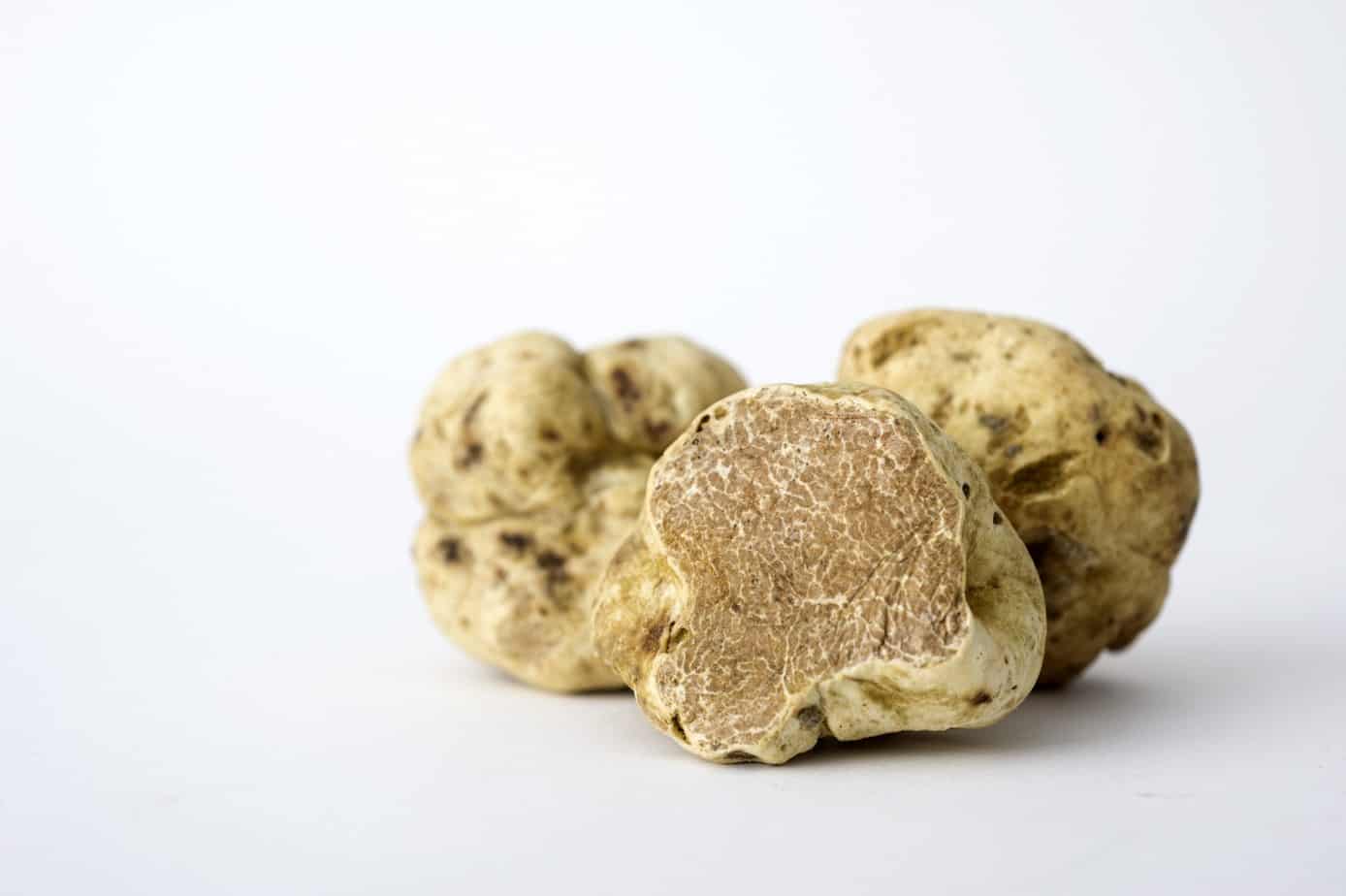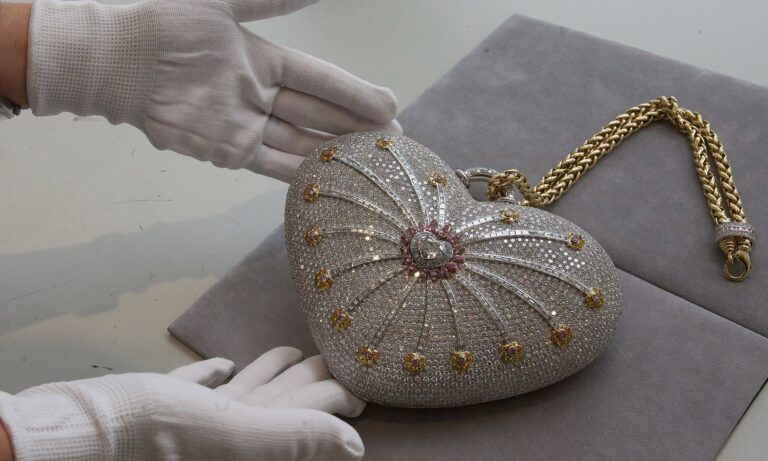20 Most Expensive Food Items In The World
Are you fond of expensive cuisines? Most of the cuisines are expensive due to the expensive food items used in them.
People tend to buy expensive food items for hobby, taste, and even health benefits.
The most expensive food items in the world range from seafood like Bluefin Tuna to fruits like Densuke Watermelons.
Read on to find about the qualities and details of the exquisite food around the world.
Quick Overview
| Food Item | Cost |
| 1. Strottarga Bianco Caviar | $113,630 |
| 2. Almas Caviar | $25,000 |
| 3. White Truffles | $4,000- $7,000 per kilo |
| 4. Densuke Watermelons | $6,000 |
| 5. Saffron | $500-$5,000 per pound |
| 6. Bluefin Tuna | $4,000 |
| 7. Black Truffle | $1,700 |
| 8. Kopi Luwak coffee | $250 and $1,200 per kilo |
| 9. Moose Cheese | $1,074 per kilo |
| 10. Matsutake mushrooms | $600 per kilo |
| 11. Manuka honey | $500 per kilo |
| 12. Abalone | $500 for a kilo |
| 13. Fugu Fish | $470 |
| 14. Wagyu steaks | $450 per kilo |
| 15. Dry-Cured Iberian Ham | $392 per kilo |
| 16. Matcha Green Tea Powder | $288 |
| 17. Ayam Cemani Black Chicken | $200 |
| 18. Gooseneck Barnacles | $125 per pound |
| 19. Coffin Bay King Oysters | $73 |
| 20. Foie Gras | $50 |
Most Expensive Food Items In The World
The information and details has been gathered from trusted sites including Wikipedia
20. Foie Gras
Foie gras is composed of exceptionally fattened duck or goose’s liver. It has a similar flavor to offal, a silky consistency, and is well-liked by foodies. Foie gras is a well-known and renowned dish in French cuisine.
It costs up to $50-$150.
Gavage, i.e., the process of liver fattening, goes back to 2500 BC when the ancient Egyptians raised birds for sustenance and forced them to gain weight.

Foie gras can be purchased whole or cooked as a mousse, parfait, or pâté, and it can also be presented as a side dish with another dish, such as steak.
19. Coffin Bay King Oysters
Coffin Bay King Oysters are Pacific Oysters that cost up to $73. This exotic seafood is found on Coffin Bay of South Australia.
Compared to usual oysters, which take about a year and a half to mature, coffin bay oysters require extra care and need about six to seven years to reach a full weight of one kilogram.

Moreover, the extended growth year contributes to its extra meaty flesh and distinctive flavor.
Expert Advice: The best way to enjoy these oysters are fresh with a squeeze of lime.
18. Gooseneck Barnacles
Gooseneck barnacles are gently parboiled and eaten whole and fresh beneath a napkin in Spain and cost up to $125 per pound.
Free-diving or at low tide are the only ways to gather gooseneck barnacles. As a result, they are some of the most costly crustaceans on the planet.
They’re also pricey since the best percebes are obtained from Spain’s Costa da Morte (Death Coast).
To catch some quality barnacles, fishers risk significant injury, if not death, on the region’s jagged rocks and large violent waves—the better the barnacle, the more risky the location.
17. Ayam Cemani Black Chicken
Ayam Cemani black chicken is among the most expensive food items in poultry, costing up to $200.
These chickens are grown in Indonesia and are noted for their dark color.
Furthermore, the coat, flesh, bone, and organs of this chicken are all black. Unfortunately, exports to several nations have been halted due to the threat of avian flu.

The Ayam Cemani produce fewer eggs. Ayam Cemani can only produce 60 eggs annually.
Nevertheless, they’re valued in traditional medicine since they’re believed to help with cardiac and pulmonary problems.
16. Matcha Green Tea Powder
Matcha latte, drinks, beverages, or desserts made with this unique green tea powder, which is strong in caffeine and antioxidants, have lately surged in popularity.
This powder costs approximately $288.

It is a powdered Japanese green tea prepared from fine ground dry tea leaves.
Matcha has a somewhat bitter, vegetal flavor and a bright green hue, given the high chlorophyll content in the leaves.
It’s been a staple of traditional Japanese tea rituals for decades.
15. Dry-Cured Iberian Ham
Iberian ham, often known as jamón Ibérico, is a one-of-a-kind product that can cost approximately $392 per kilo.
This delicious ham, also called ‘pata negra,’ is noted for its rich reddish hue and distinctively pleasant taste.
Iberian pigs are provided acorns to create the rich meat, and there are big areas set aside for their feeding.

It’s produced from the hind leg of a black Iberian pig, a unique breed originating from Iberian Peninsula’s southern and western areas, including Spain and Portugal.
Black Iberian pigs are descended from wild boars and have long been regarded as a delicacy.
14. Wagyu Steaks
Wagyu steaks are produced from Japanese cattle and are considered one of the world’s best steaks.
Japanese farmers’ sophisticated and traditional agricultural practices are responsible for the wonderful aroma and high quality of consumable fat.
The most important concept is to keep the animal’s stress to a minimum.
Farmers want to ensure that these animals are stress-free from birth through maturity because stress produces cortisol, which degrades the quality of the meat.
13. Fugu Fish
The meat of the Fugu fish is low fat with a unique quality. It resembles whitefish and has a delicate yet strong flavor.
Unfortunately, this fish can be as expensive as $470.
It becomes tender, soft-textured meat when cooked. However, the Japanese delicacy Fugu, or blowfish, is so toxic that even a minor mistake in its cooking might result in death.

Tetrodotoxin, found in Fugu’s intestine, ovary, and liver, is 1,200 fold more lethal than cyanide.
The fish may be cooked in various ways by a professional chef, including hotpot, sashimi, and many other dishes.
12. Abalone
Abalones are a kind of sea snail. In areas of Latin America (especially Chile), France, New Zealand, and Southeast Asia, the flesh of this mollusk is commonly eaten.
Abalone’s extraordinarily high price of $500 per kilo is due to its scarcity because of the difficulties in getting it. It’s a type of sea snail which is collected by hand from the sea.

Because it thrives in saltwater, the taste is typically buttery and salty.
Wild abalone is perhaps the most sought-after and difficult to come by.
Read About: 15 Most Expensive Pets
11. Manuka honey
Manuka Honey is only found in New Zealand and originates from the Leptospermum Scoparium tree, a rare and native species. It costs up to $500 per kilo.
This honey is unlike any other honey on the planet, and its characteristics are carefully investigated and evaluated before sellers can export it.

Not only is gathering the honey difficult, but the Manuka flowers only blossoms for a limited time annually, ranging from 2 to 8 weeks based on the season.
Manuka honey is claimed to be beneficial for anything from a sore throat to cleaning up skin problems.
10. Matsutake Mushrooms
Matsutake mushrooms are a unique type of indigenous dish of Japan, costing about $600 per kilo.
Unfortunately, invasive weeds and pests multiplied in the shady regions where these mushrooms thrive have reduced their abundance in the past.
As a result, there’s a good chance they’ll go away completely at some time in the future.

Matsutake mushrooms are prized for their distinct scent. It has a spicy taste and a solid, meaty consistency.
It’s a common concept that younger mushrooms have stronger tastes than older mushrooms.
9. Moose Cheese
You can only obtain it from a Moose farm in one of Sweden’s remote villages. Therefore costs about $1,074 per kilo.
It is made entirely of the milk of three moose named “Gullan,” “Haelga,” and “Juno.” With each moose producing 5 liters of milk per day, and only between May and September, the farmer can only sell 300 kilos of cheese annually.

After the milk is collected, the Johansens begin making four distinct varieties of cheese. A soft, white, camembert-like mold cheese, a sharper blue cheese, and another drier blue cheese are bestsellers for the family.
8. Kopi Luwak Coffee
Kopi Luwak, often known as Civet coffee, is made uniquely. Coffee beans are consumed, partially digested, and then defecated by the Asian palm civet or civet cat to make kopi luwak.

Their excrement is gathered, processed, and marketed as specialty coffee. Kopi Luwak coffee may cost anywhere from $250 to $1,200 each kilogram due to its limited availability and rising demands.
7. Black Truffle
Truffles are a type of delicious fungus. It is also a prized gourmet. They are frequently offered in little portions at high-end restaurants.
Black diamonds are the name given to black truffles, which cost approximately $1,700.
These mushrooms are a favorite delicacy in Italy’s Piedmont and Tuscany regions.
Truffles, unlike other edible mushrooms, grow underground.
Truffles are one of the most costly delicacies on the planet, pound per pound. The rarity is due to the difficulty of growing them, finding them, and the challenges of storing them.
6. Bluefin Tuna
The Atlantic Bluefin tuna is exceptionally uncommon, and it is predicted to become extinct over the next few years.
In addition, it costs about $4,000.
Bluefin tuna is a meaty fish with a subtle taste. It is the most renowned and expensive fish available.
They’ve become a highly prized delicacy in many high-end restaurants. They’re ideal for sashimi or tuna steak.

The law of supply and demand is one element that contributes to the high cost of bluefin tuna.
As a result, bluefin tuna are overexploited in all three species, and they do not reproduce in captivity. Japan, the world’s top eater of bluefin tuna, has been criticized for its brutal bluefin fishing practices.
The fish didn’t truly take off in popularity until the 1970s, when sushi began to gain traction in the West.
Read About: 15 Most Expensive Engagement Rings
5. Saffron
Saffron, the queen of spices, is not just one of the more costly delicacies on the market but also one of the most popular condiments in various areas of the globe.
It cost about $500-$5,000 per pound because one pound of saffron spice requires 75,000 saffron flowers.
It might take up to three years to cultivate. After that, it must be manually gathered and processed. As a result, the saffron plant, often known as the saffron crocus, blooms only once a year.

Saffron is a potent spice with a lot of antioxidants. It’s been associated with various health advantages, including improved mood, decreased PMS symptoms, and better weight loss.
4. Densuke Watermelons
These watermelons are from Hokkaido and have a sweet and crisp flavor.
The watermelon’s exterior is much black, and the inside is far sweeter than normal watermelons offered elsewhere.
Because these watermelons require a lot of room and months of care, just around 100,000 are produced annually.
Densuke Watermelons can bring up to $6,000 at auction because of their rarity.

In 2008, a giant black watermelon sold for a remarkable $6,100 at an auction in northern Japan, marking it the most pricey watermelon ever sold.
In Japan, they’re a valued present for important events like weddings.
3. White Truffles
It is one of the most expensive foods globally, and it is usually found in luxury meals. It is widely available in Italy.
Also, you can purchase it for as much as $7,000 per kilogram.
Truffles are hard to find as they are hidden. The naked human eye is highly improbable to locate a truffle.

Harvester should sell the truffles quickly after harvesting because they have a very limited shelf life that can last only 1 to 2 weeks when maintained in ideal conditions.
Like many other mushroom varieties, white truffles have an earthy, musky smell. Nevertheless, they also have a warming garlic aroma and a funky taste that some love.
2. Almas Caviar
According to the Guinness World Book of Records, Almas from scarce Iranian Albino Beluga sturgeons are the most costly caviar. In Russian, the word “Almas” signifies “diamond.”
60-year-old wild southern Caspian Sea belugas with unusual pigmentation abnormalities produce this caviar

Because few of these sturgeons remain in the Caspian Sea, and it is prohibited to import any wild Iranian beluga goods into the United States, purchasing the world’s most costly caviar in the United States might cost you more than the price tag of $25,000.
Because the Beluga sturgeon is now classified as severely endangered, the US Fish and Wildlife Service banned importing beluga caviar from the Caspian Sea and Black Sea region in 2005.
1. Strottarga Bianco Caviar
Strottarga Bianco, called the “white gold of caviar,” is made from Siberian Albino Sturgeon produced on a small fish farm in Salzburg, Austria, by Walter Grüll and his son.
It costs approximately $113,630.

The roe is made prettier by drying the harvest and coating a finely grated coating of 22-karat edible gold leaf.
Pure water is the source of the White Gold Caviar’s high quality.
Dehydration causes 5kg of product to reach 1kg after processing. As a result, it takes eight to ten years to harvest the farm.
Read About: 30 Most Expensive Private Jets






